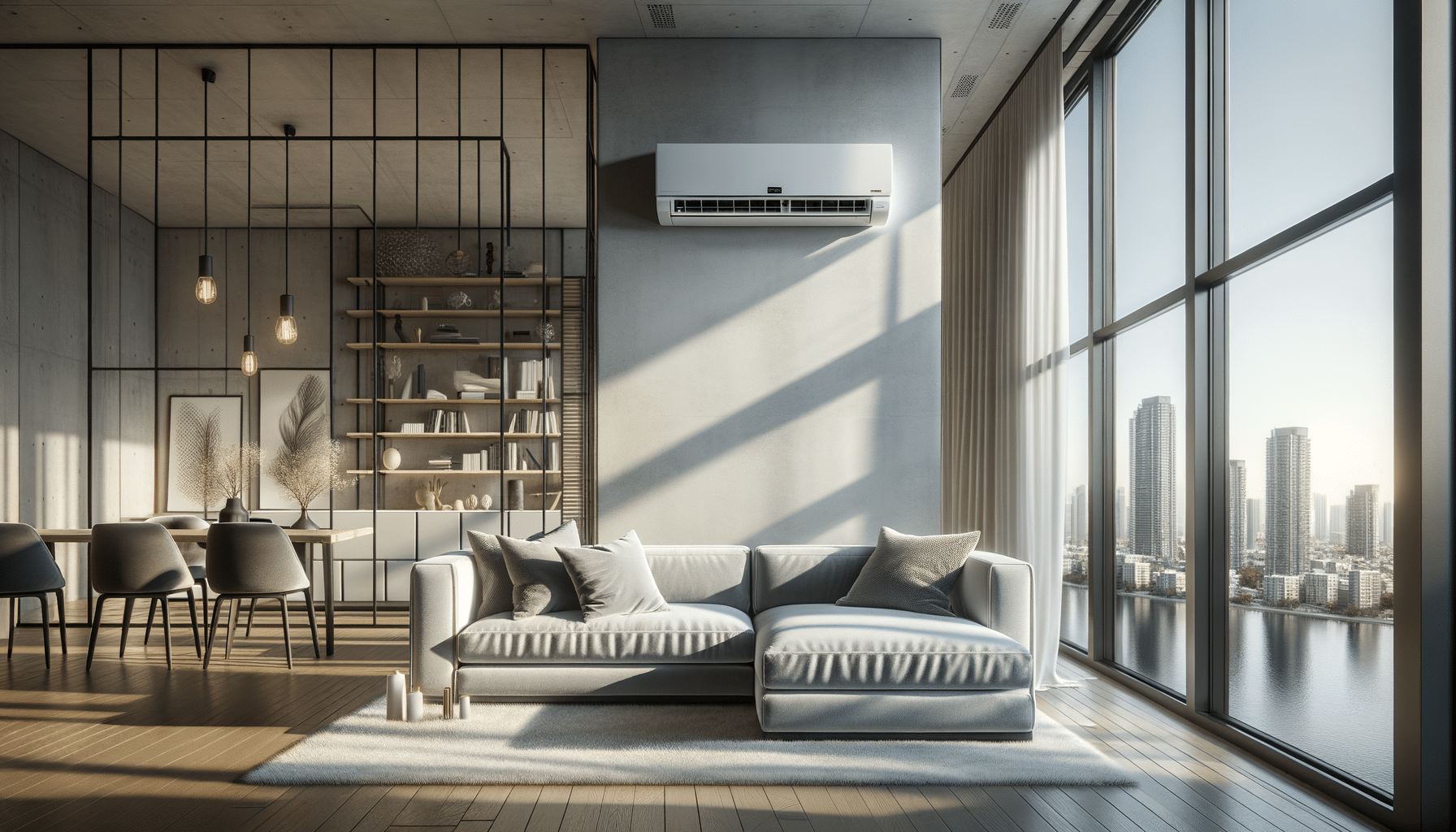
Discover the Comfort of Ductless AC Systems
Introduction to Ductless AC Systems
As the world continues to seek more efficient and flexible solutions for home cooling, ductless air conditioning systems have emerged as a popular choice for many homeowners. These systems offer a modern and hassle-free approach to cooling, eliminating the need for extensive ductwork and providing a tailored cooling experience for different areas of a home. The rise in popularity of ductless AC systems can be attributed to their energy efficiency, ease of installation, and the level of control they offer over home environments, making them a compelling option for those looking to enhance their living spaces.
How Ductless AC Systems Work
Ductless AC systems, also known as mini-split systems, consist of an outdoor compressor unit and one or more indoor air-handling units connected by a conduit. This conduit houses the power cable, refrigerant tubing, suction tubing, and a condensate drain, facilitating seamless communication between the indoor and outdoor units. Unlike traditional systems that rely on a network of ducts to distribute air, ductless systems deliver air directly into different zones, offering personalized comfort.
The installation process is relatively straightforward, often requiring only a small hole in the wall to connect the indoor and outdoor units. This simplicity not only reduces installation time but also minimizes disruption to the home environment. Furthermore, ductless systems are known for their quiet operation, as the noisy compressor is located outside the home. This feature makes them an appealing choice for bedrooms, home offices, and other areas where noise can be a concern.
Energy Efficiency and Environmental Benefits
One of the standout features of ductless AC systems is their exceptional energy efficiency. By eliminating the need for ductwork, these systems avoid the energy losses commonly associated with central air conditioning systems. Duct losses can account for more than 30% of energy consumption in some cases, particularly if the ducts are in unconditioned spaces such as attics or basements.
Moreover, ductless systems offer the advantage of zone cooling, which allows users to cool only the rooms that are in use, rather than the entire house. This targeted approach not only reduces energy consumption but also lowers utility bills, making ductless systems a cost-effective solution for many households. Additionally, many ductless units are equipped with advanced filtration systems that improve indoor air quality by reducing dust, bacteria, pollen, and other allergens.
Comparing Ductless Systems with Traditional AC
When comparing ductless AC systems to traditional central air conditioning, several key differences emerge. Traditional systems rely on ductwork to distribute air throughout the home, which can lead to energy loss and uneven cooling. In contrast, ductless systems deliver air directly to specific zones, providing consistent and efficient cooling where it’s needed most.
Another significant difference lies in the installation process. Central air systems require extensive ductwork, which can be costly and time-consuming to install, especially in older homes without existing ducts. Ductless systems, on the other hand, require only a small hole for the conduit, making them a less invasive option that preserves the aesthetic of the home.
In terms of cost, while ductless systems may have a higher initial price, the long-term savings in energy efficiency and reduced utility bills often offset the upfront cost. Additionally, the flexibility of ductless systems allows for easy expansion, making them a versatile choice for growing families or homes with unique architectural features.
Choosing the Right Ductless AC System for Your Home
Selecting the right ductless AC system involves considering several factors, including the size of the area to be cooled, the number of zones required, and the specific features desired. It’s essential to choose a system with the appropriate cooling capacity to ensure efficient operation. An HVAC professional can perform a load calculation to determine the correct size for your needs.
Features to consider include programmable thermostats, remote control access, and smart home integration, which can enhance convenience and control. Additionally, evaluating the energy efficiency ratings, such as the Seasonal Energy Efficiency Ratio (SEER), can help ensure that the system provides cost-effective and environmentally friendly cooling.
Ultimately, the right ductless AC system will provide a balance of efficiency, comfort, and control, transforming your home into a haven of year-round comfort. With the ability to customize your cooling experience, ductless systems offer a modern solution that adapts to your lifestyle and preferences.


